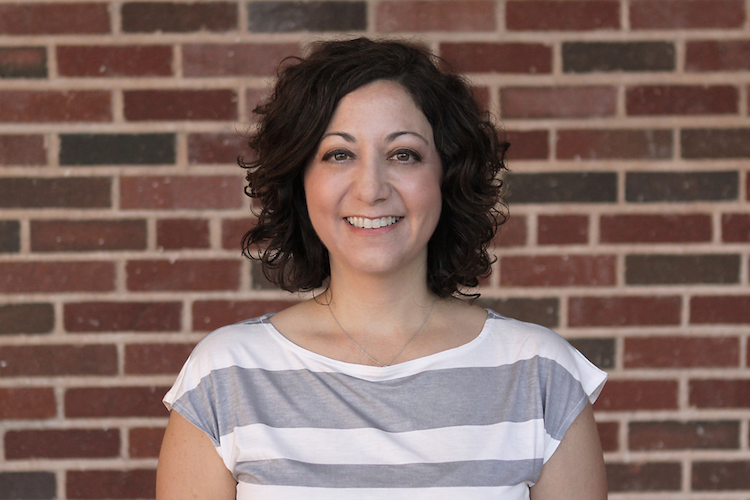Words Alive received an $80,000 investment from The Conrad Prebys Foundation to strengthen programming connecting families and their children to the power of reading.
Words Alive Executive Director Rachael Orose said funds will pay for dedicated staff to support their Family Literacy Program for the next two years.
Dr. Faryl Kander to lead Family Literacy Program
Words Alive also announced the hire of Dr. Faryl Kander to lead the program. “As the pandemic continues to hinder learning and cause uncertainty,” explains Orose, “parents are increasingly expected to take on roles to support their child’s education. Thanks to this stunning investment from The Conrad Prebys Foundation, we are delighted to welcome Dr. Kander to help Words Alive empower San Diego’s families to cope with, and emerge stronger from, the pandemic,” said Orose. A San Diego native and experienced Title I reading specialist, Dr. Kander holds a doctoral degree in Curriculum and Instruction, Language and Literacy from Arizona State University, and degrees from University of San Diego and San Diego State.
Over the past nine years, Words Alive’s Family Literacy Program has served more than 6,000 children and adults in San Diego. Through the program, parents explore age-appropriate literacy and language development concepts, paired with simple strategies and new books to ignite a love of reading for families. Family Literacy is delivered in partnership with community agencies including Neighborhood House Association Head Start, Oceanside Public Library, the Diamond Educational Excellence Partnership, and several other community organizations.
“The resiliency of San Diego’s youth has been stretched and challenged in unimaginable ways during the pandemic, and the Foundation is grateful to be able to give to a range of nonprofits as they work to support, inspire and care for the future leaders of our region,” said Erin Decker, director of grantmaking at The Conrad Prebys Foundation.
Founded in 1999, Words Alive connects children, teens, and families with the power of reading. Words Alive provides access to relevant and quality books, shared reading experiences, and a connection to reading that lays the foundation for continued success. To learn more about Words Alive visit: www.WordsAlive.org.
The Conrad Prebys Foundation was established by real estate entrepreneur Conrad Prebys to perpetuate his commitment to philanthropic endeavors. The Conrad Prebys Foundation inspires transformational change by funding projects in alignment with Conrad Prebys’ legacy interests and continuing his efforts that spark meaningful advancement in our communities. For more information, visit www.ConradPrebysFoundation.org.











